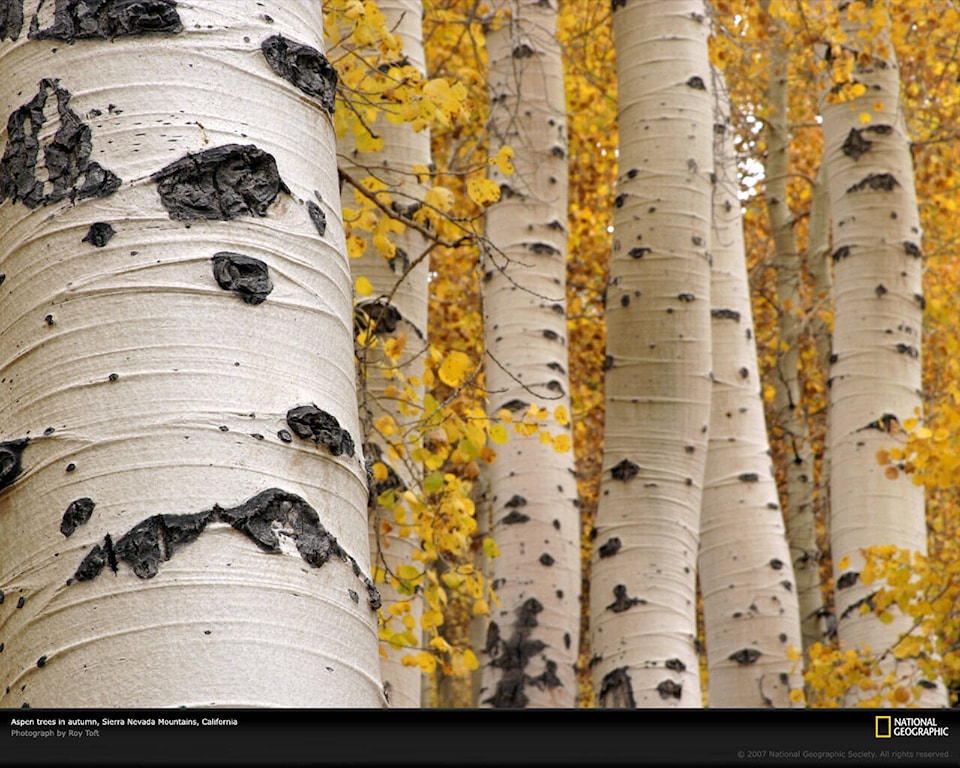It was a dank, overcast day at the end of this past January - a gloomy day that was rather depressing making me wish it was much colder so the sun would come out.
But then I suddenly noticed how beautiful our birch tree was. The trunks and branches are covered with lichens, some flat, greyish, or brownish against the pale white to grey peeling bark. But other lichens were resplendent, highly branched, miniature bushes showing off their lemony-lime-green against the dull background or even hanging like green Christmas tree tinsel.
Most of the winter in colder temperatures, I do not notice the lichens as they are dry and non-descript colour-wise. But on a day with high humidity and above-freezing temperatures, these little bushes are rejoicing because they can absorb moisture from the air through their surfaces. So, they are putting on their best display and can even carry out a bit of photosynthesis to make some sugars for storage and later growth.
Looking closer I see that most of the birch bark is covered with lichens, but the neighbouring aspen’s bark does not have any conspicuous lichens on it at all. Why is that?
If you look closely at aspen bark and even feel it, you may discover that most of it is very smooth and is even covered in a powder that rubs off onto your fingers. There are some lichens, but they are very flat and often greyish, looking like part of the bark. These are crustose lichens, whereas the showy ones on the birch we call foliose (leafy, flattened) and fruticose (bushy or hanging).
Why the difference? Aspen bark is thicker and does not peel in strips, but most importantly it has living photosynthetic tissue underneath that needs full exposure to light.
So, by being smooth it does not give lichens something to catch or hold onto.
There is also the suggestion that the powdery cover is an adaptation to prevent the lichens from getting a grip.
In contrast, birch has very thin bark and is not photosynthetic, so it can afford to let lichens of all types use it as a home base.
Next time you are out, pick up a handful of snow and rub it against the trunk of an aspen tree and watch how it turns greenish.
The ability to photosynthesize without leaves means it can make food any time the temperature is above freezing and there is available water (early spring, late fall, even on warm, dank winter days) – a perfect adaptation to living in northern or colder climes.
